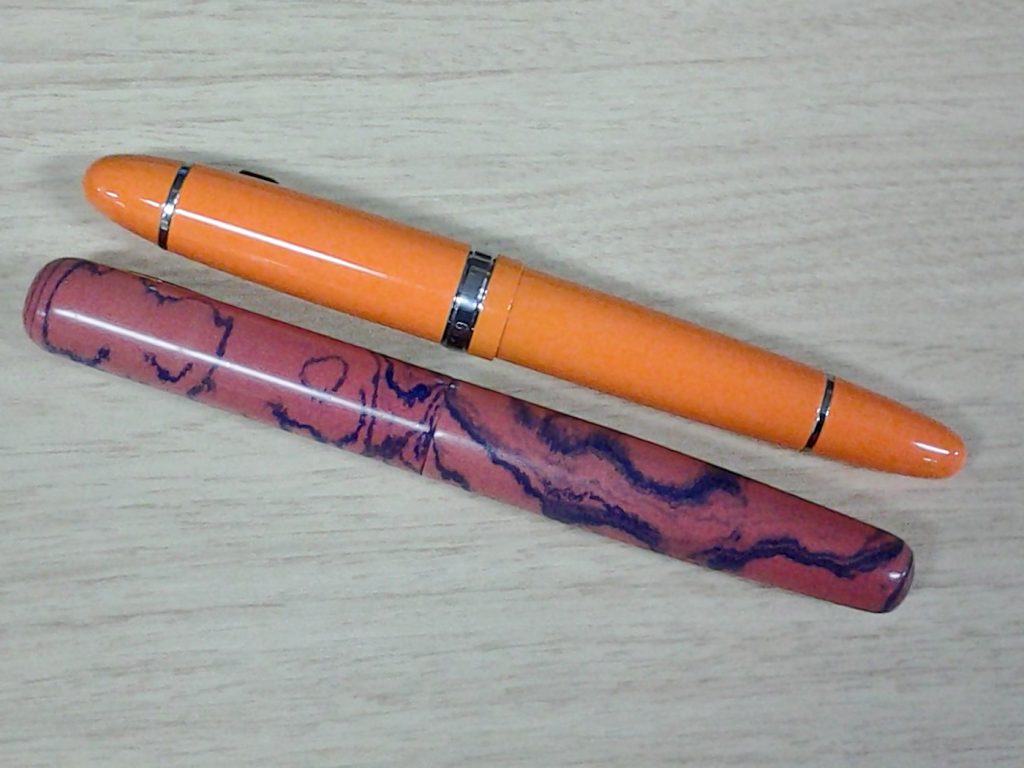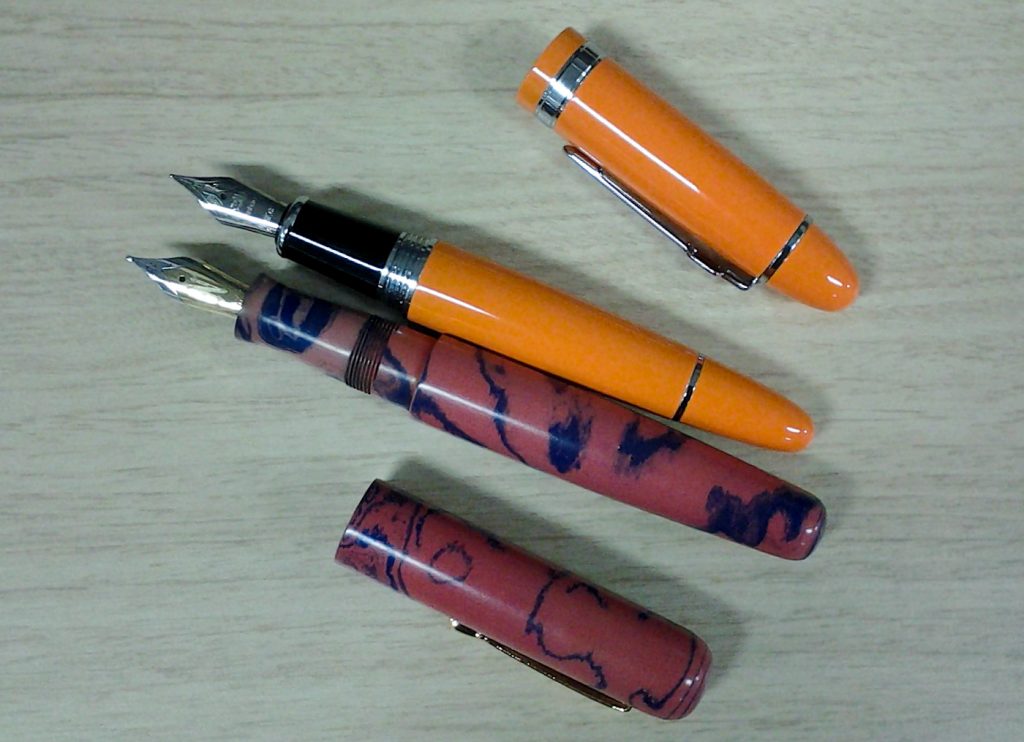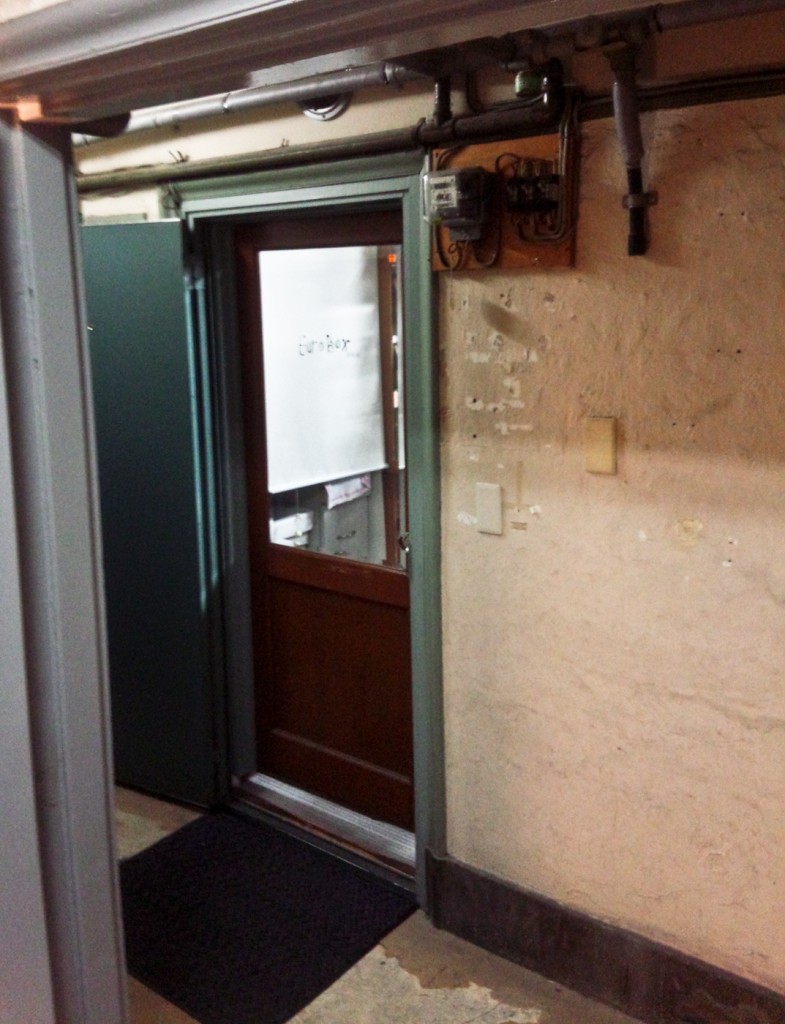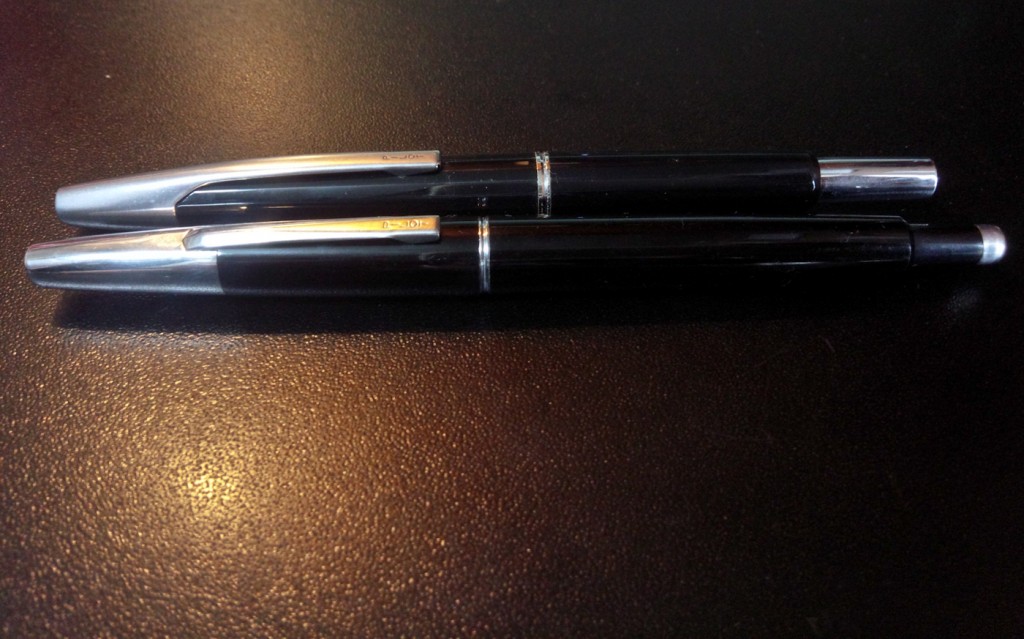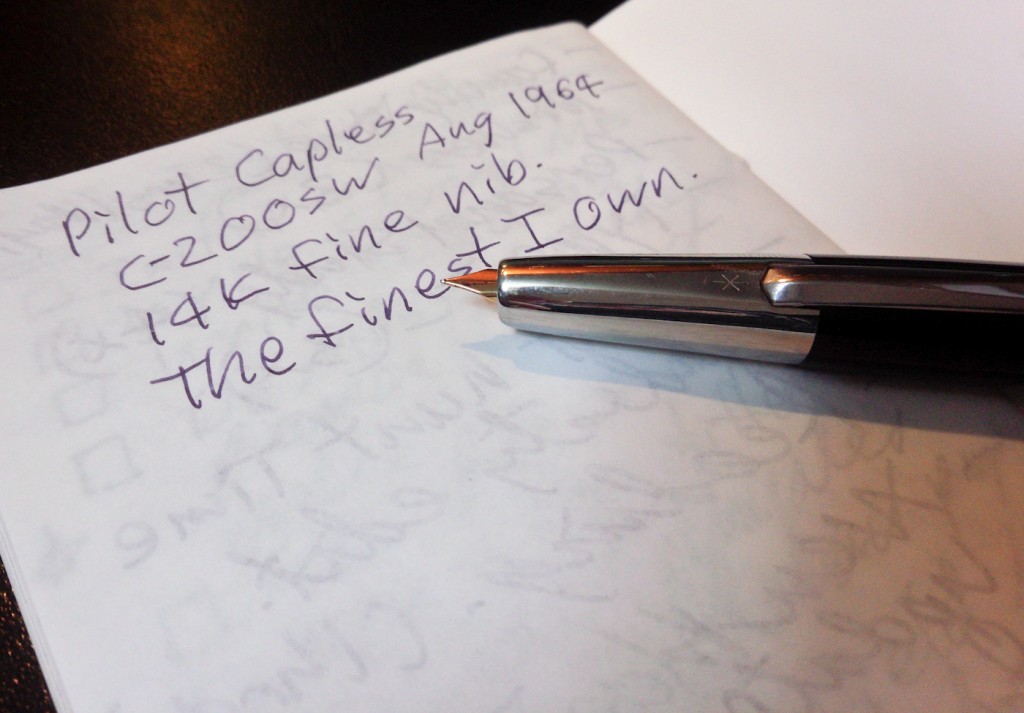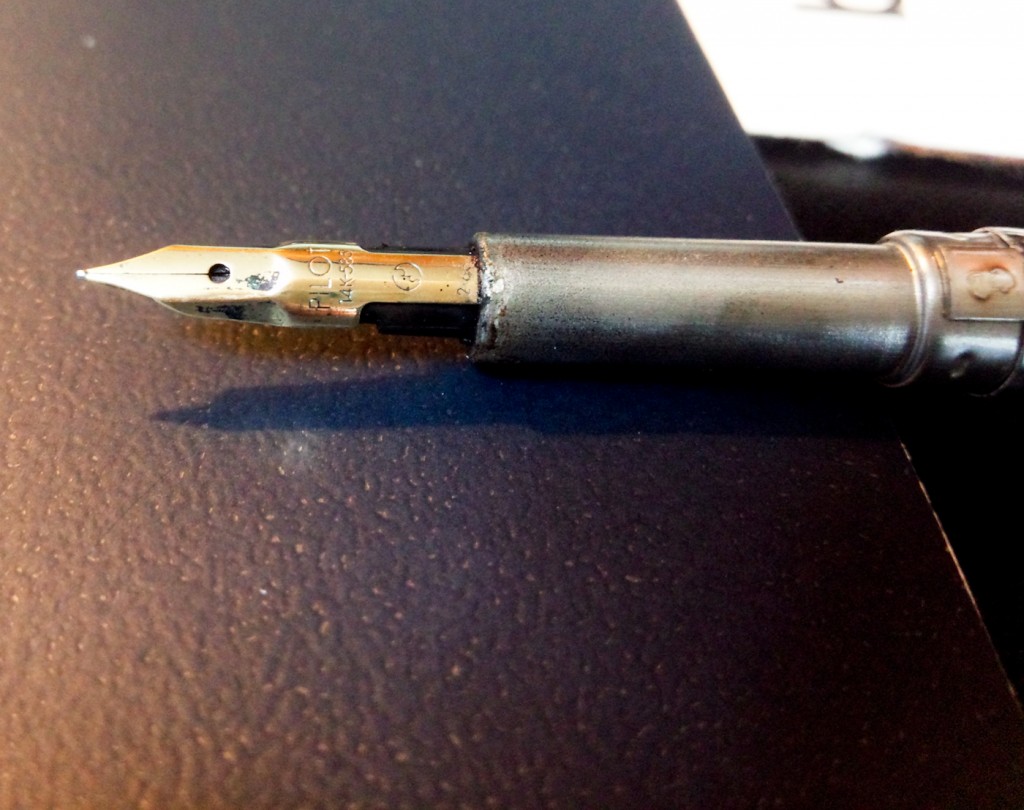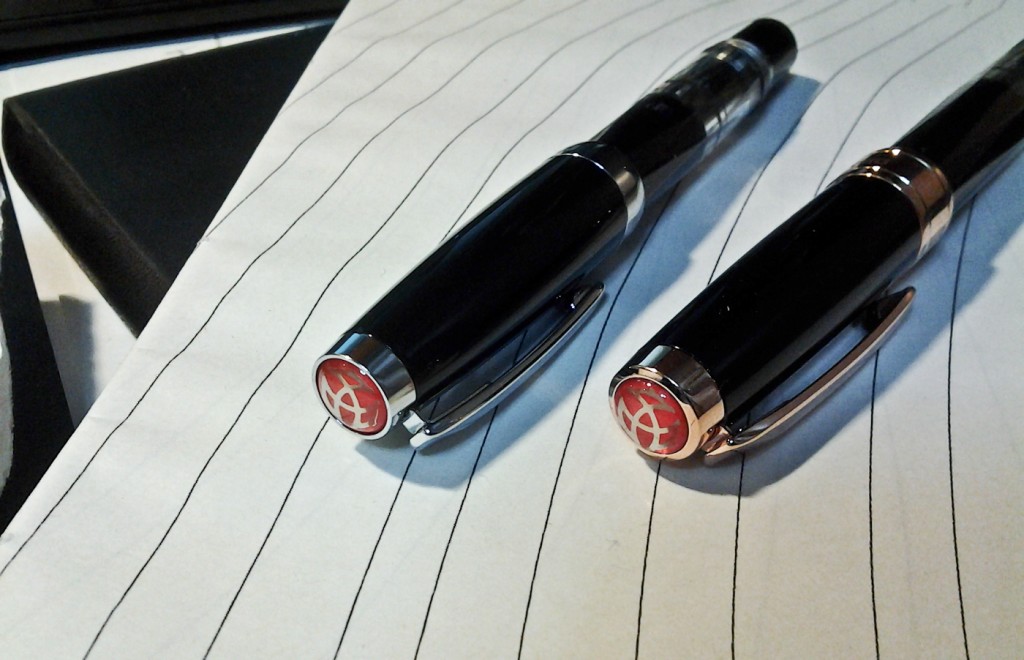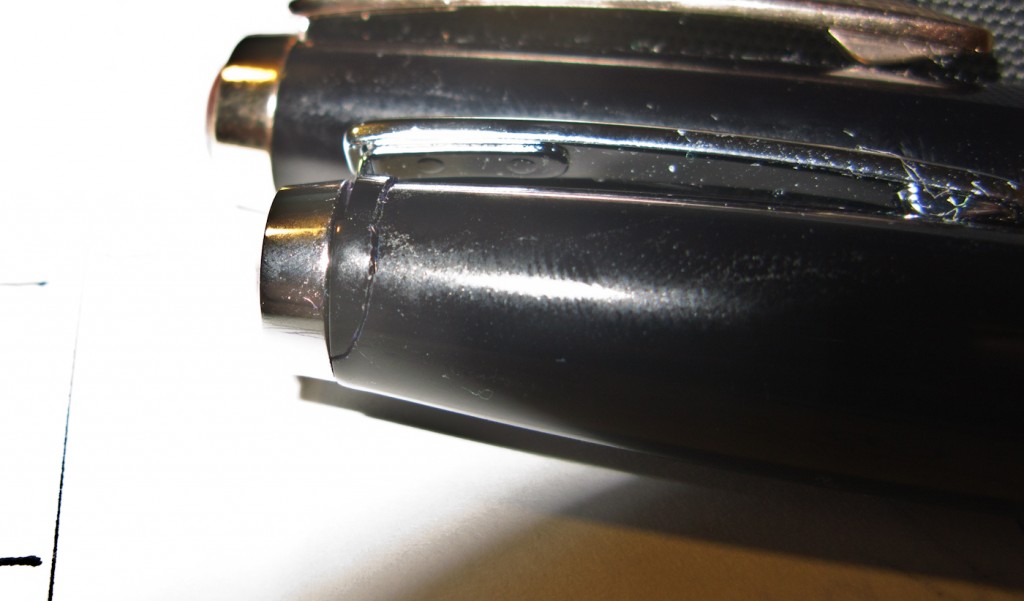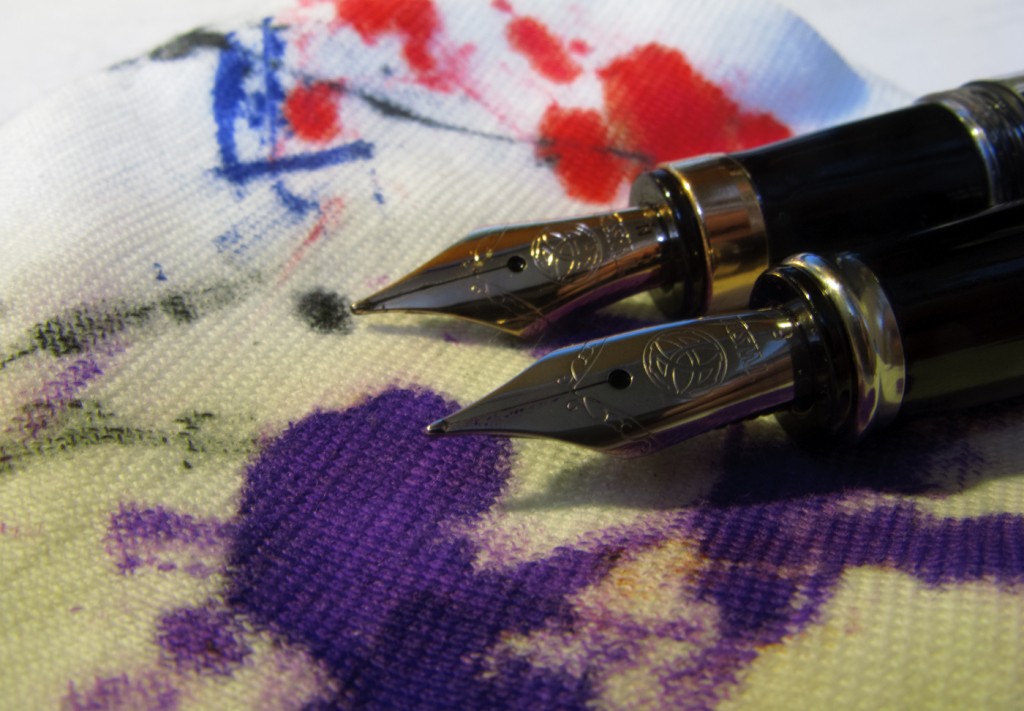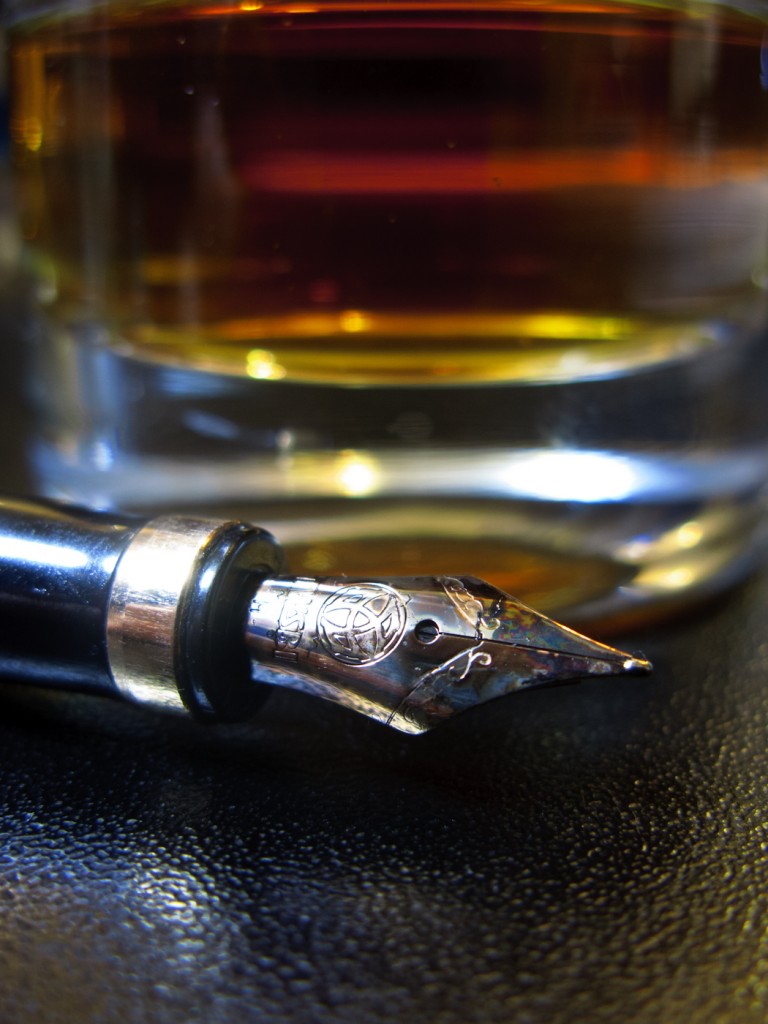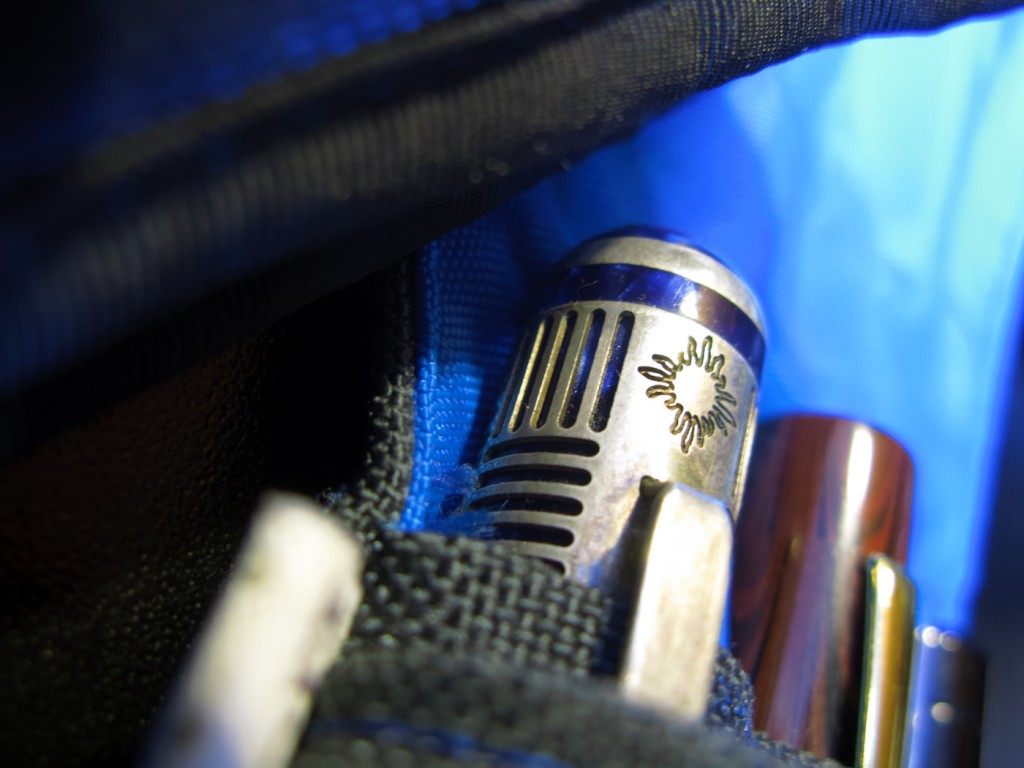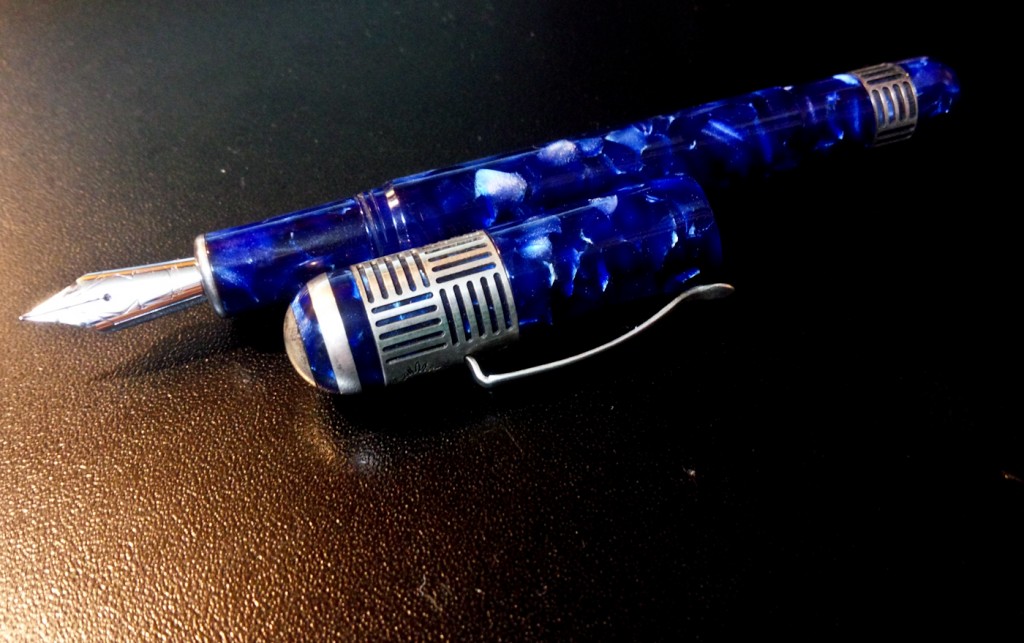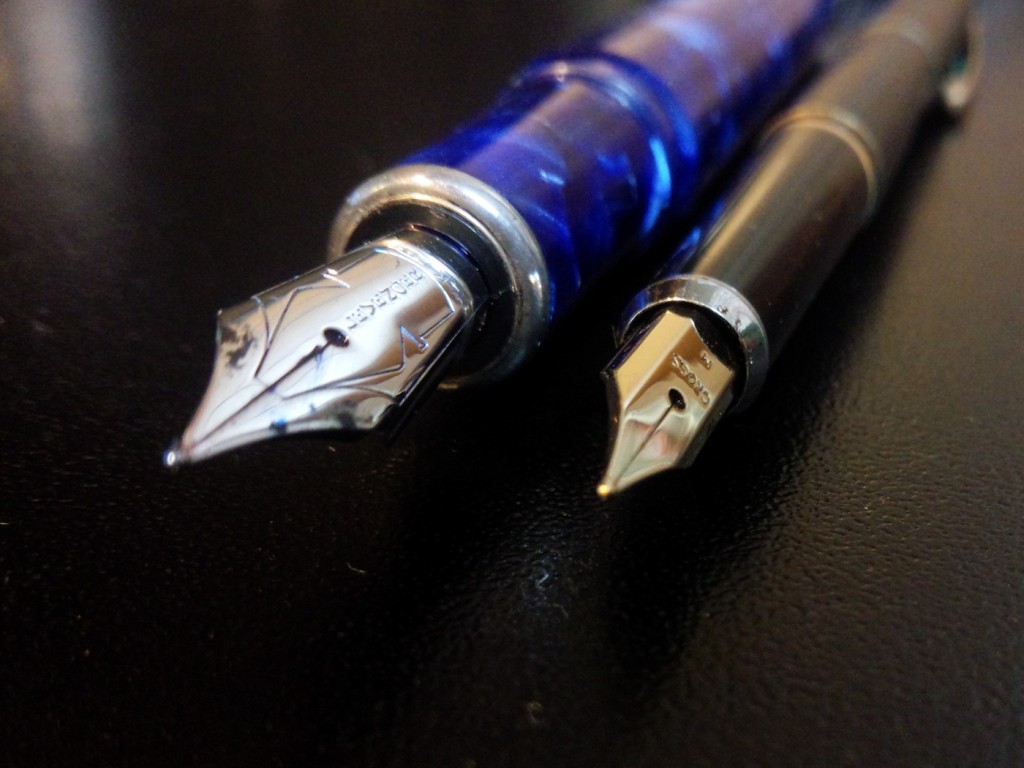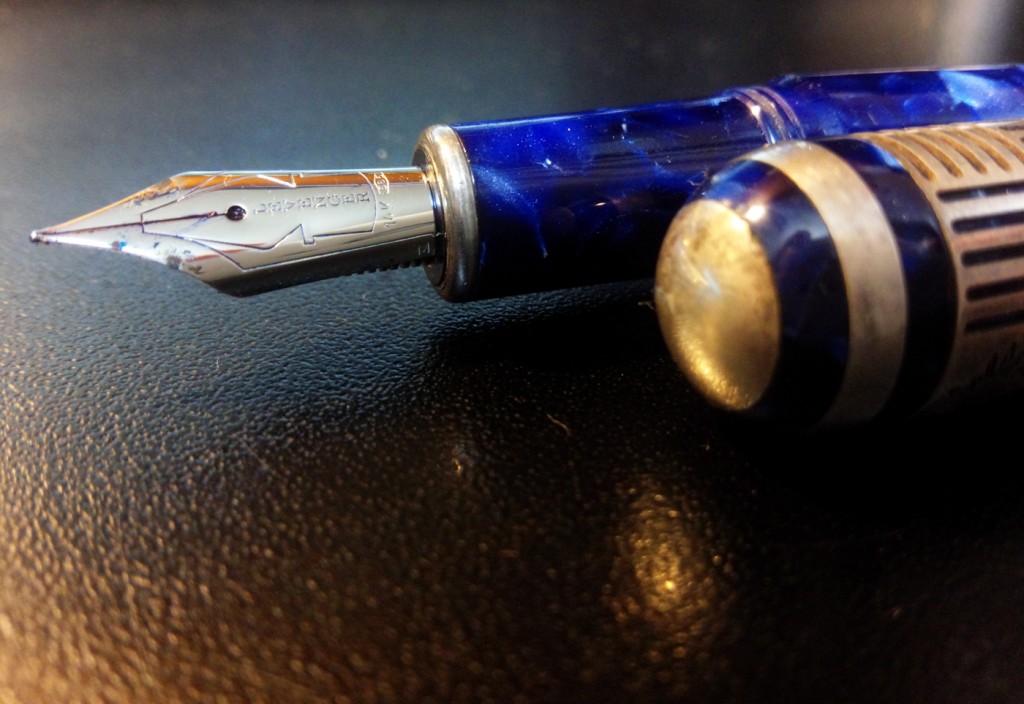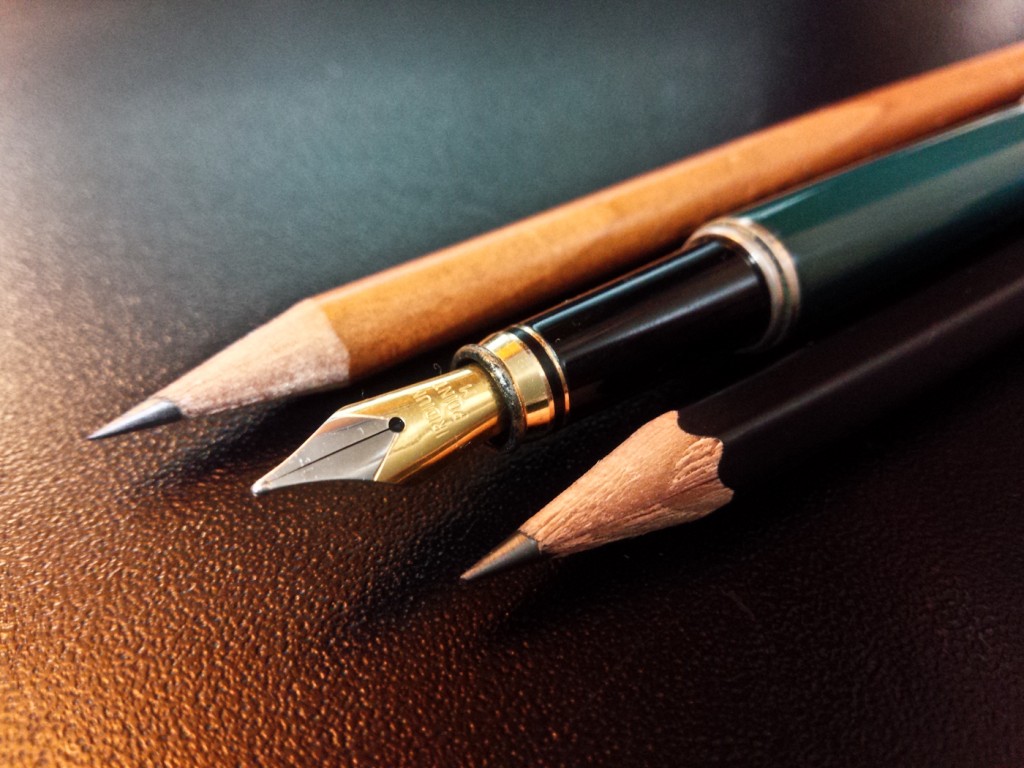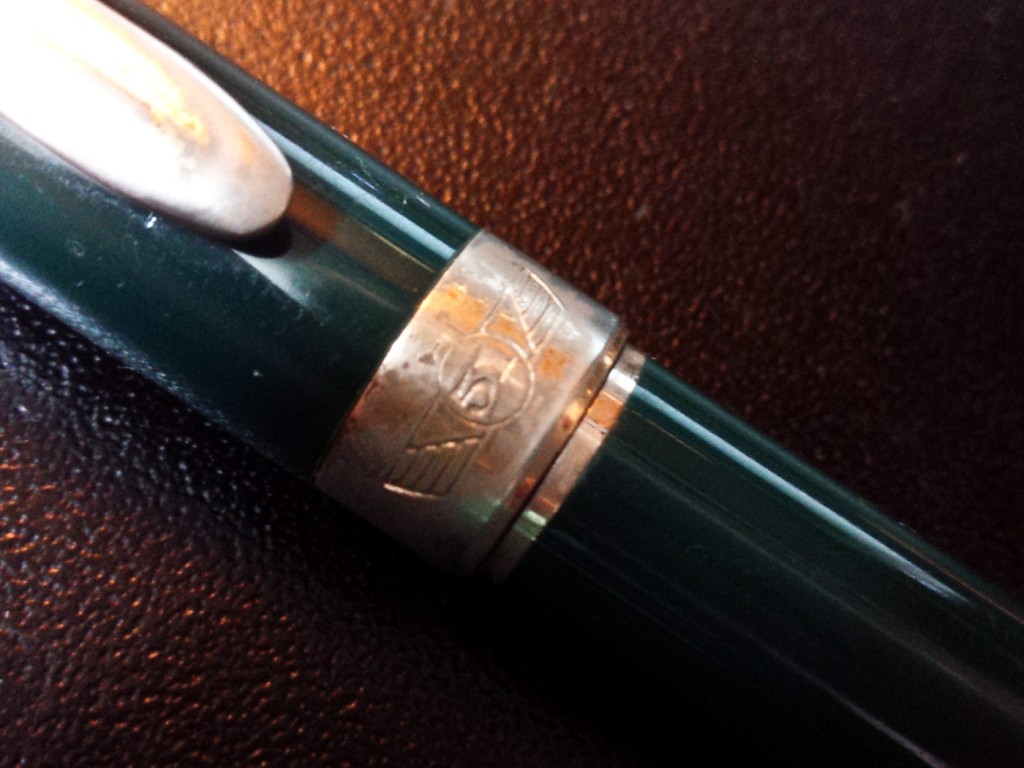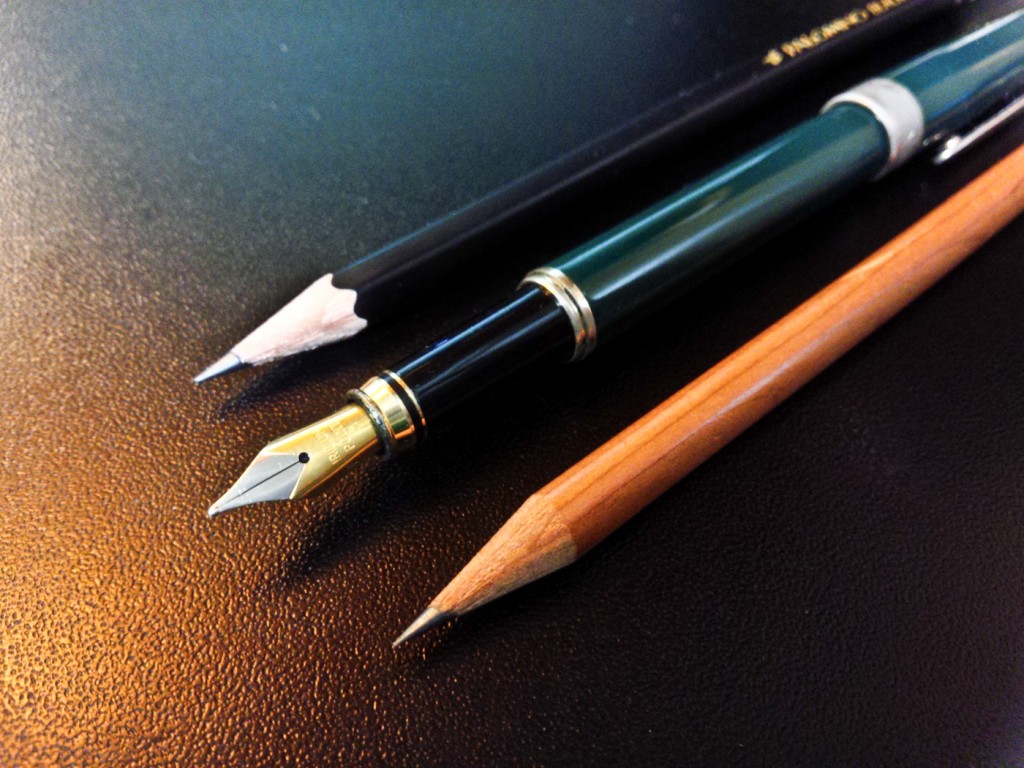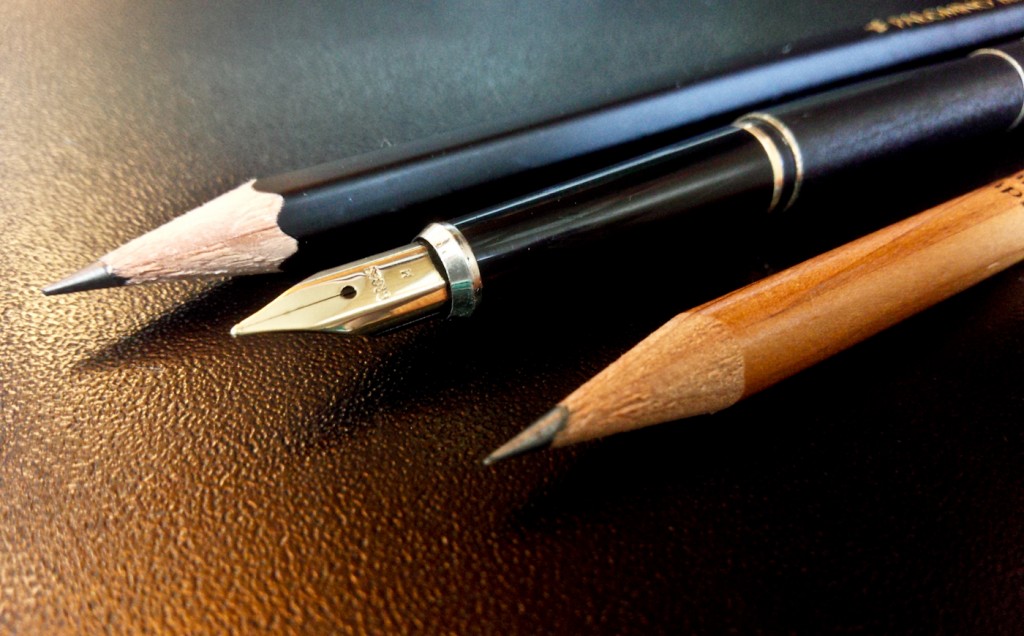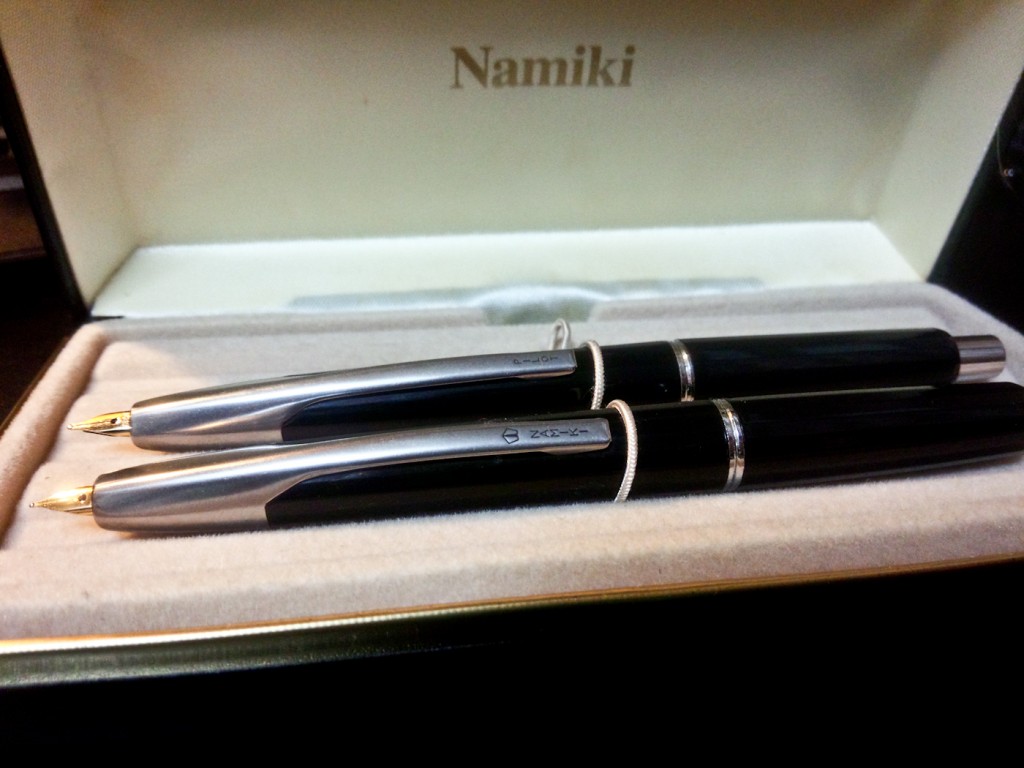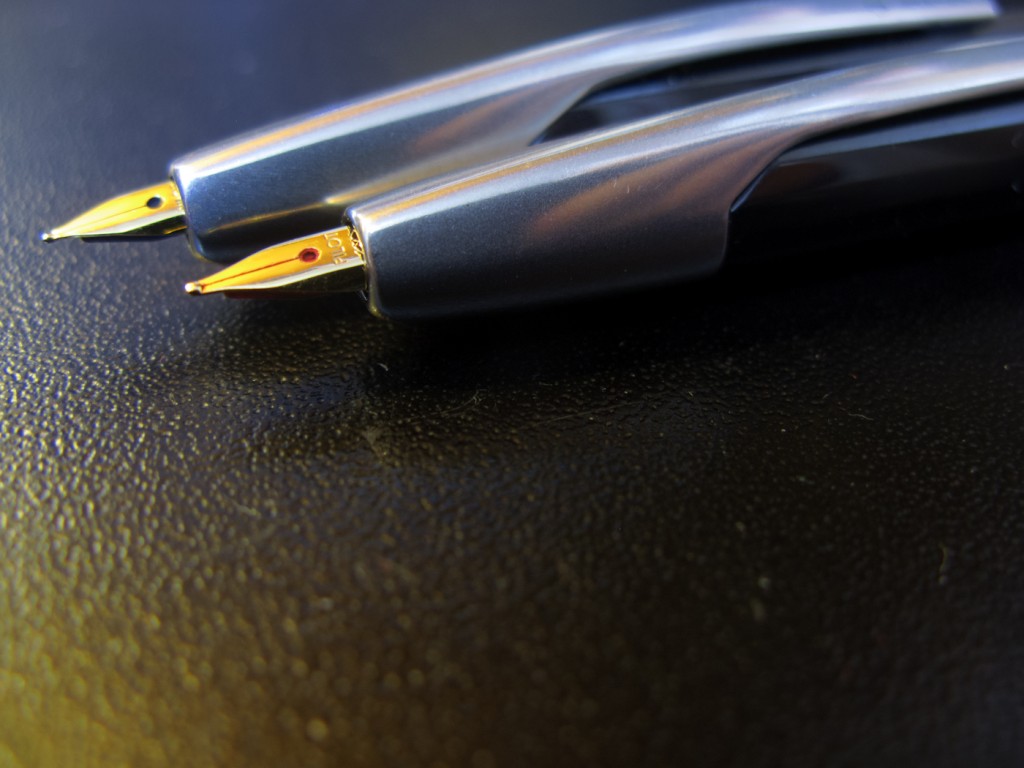It was the food that made me mad and that probably jaded my reaction to today. Well, that and the long wait.
To understand what’s wrong with the Mitsukoshi Fountain Pen Festival (and the Maruzen version, for that matter) you have to imagine the oldest, most prestigious department store in your town or city holding an annual festival featuring socks.
The store invites a few makers who demonstrate different techniques for making socks, and who will fix your worn out socks if you’re lucky enough to get an appointment, they may even offer a Sock Festival exclusive pair of socks, but mostly what’s being sold is stock from the store and it’s being sold by the clerks who sell it every day. They can recite materials and manufacturing techniques and statistics and even let you handle some of the material but they do so without passion. They have a product, they sell it, but it’s no more important to the store than the food being sold nearby or the fine China on the other side of the festival space.
Today, to get to the Fountain Pen Festival, I had to walk through a large food event that brought dozens and dozens of noisy people. The food displays ended right across the walking path from the fountain pen festival but the noise traveled quite far. During a special fountain pen art display, and short speech by the head of Pelikan Japan, the speakers had to use microphones to speak to the dozen or so people gathered to participate or listen whilst behind the audience food salesman hawked their wares.
And, of course, pictures were not allowed.
Despite this, I set out to have a good time, and tried to crash the Sailor pen experts repair line to get my Nagasawa Profit’s nib straightened. He sent me to a different counter to get an appointment. Although it was noon, my appointment was for 3:15. This wouldn’t have bothered me except I was pretty sure that in the time it took me to fill out my name on the card he could have straightened the nib and been done with me. I was annoyed enough that I went to Maruzen for lunch (yes, I had lunch at at bookstore. So what? I had ice cream too.)
One thing I like about the Mitsukoshi pen festival–and it is my favorite of the two–is that many of the manufacturers, especially Pilot, Platinum, Nakaya, Eboya and Pelikan have sample pens for you to try. In the past, though, they’ve also had two tables of samples, complete with lots of notepads. This year, though, the tables were gone and it took me an hour to realize that they’d been moved to a single table mixed in with the counters. I’d thought it was a pen manufacturer and had passed it a couple times.
Eventually, I sat down and started testing different pens, but the table also featured a woman whose job, it seemed, was talk incessantly to the man sitting next to me. I’m still not certain if I crashed an appointment or not, but at that point I was in “don’t understand if it’s not convenient” mode.
(Note: this mode is a variation on “it’s easier to ask forgiveness than permission” but in this case it’s easier to pretend you don’t understand what’s being said and just keep doing what you’re doing.)
Whilst checking out the Aurora table and the Optima’s and 88s, I saw a bottle of Aurora Blue-Black ink. It quickly became mine. (Later I came back and actually tried the pens.)
The only thing I bought:
Pilot had a special event where a handwriting expert (at least I assume that’s what he was) asked you to write with a pen that was wired to the board on which you were writing and that was connected to a computer. This action produced a computer read out of how you write, including the writing angle, which helped him choose a Pilot nib for you.
Finally, at 3:00, a Sailor counter person took pity on me and sent me to the Sailor repair man. As I predicted, he took less than five minutes to pull the feed and straighten the nib. I could have done all this myself, but as I hope to sell the pen, I thought it best to let an expert handle it.
After my pen was fixed, I exited as quickly as I could. If it hadn’t been for the noise, I’d have probably enjoyed it more. Well, except for the three hour wait. I doubt I could have handled that better.


